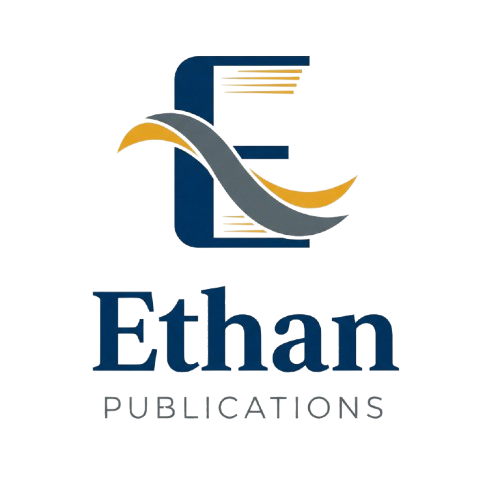OPTIMIZING DIGITAL HEALTH PORTFOLIOS IN LOW-RESOURCE SETTINGS THROUGH RISK DIVERSIFICATION
Authors: Samuel Chukwudi Ademola, Blessing Ifeanyi Okeke
DOI: 10.5281/zenodo.17379923
Published: October 2025
Abstract
<p><em>Digital health technologies are rapidly reshaping healthcare delivery in low- and middle-income countries (LMICs) by improving access, efficiency, and health outcomes through tools such as electronic health records, telemedicine, mobile health applications, and artificial intelligence-driven diagnostics. Despite their transformative potential, the adoption and sustainability of these technologies are hindered by persistent challenges in public health investment planning. Limited financial resources, fragmented donor support, and the lack of robust evaluation frameworks often result in inefficient allocation and unsustainable implementation of digital health interventions. Traditional budgeting practices in LMICs, typically centered on short-term expenditures or donor-driven priorities, rarely incorporate long-term risk assessments, return-on-investment analysis, or portfolio diversification principles. This misalignment hampers the ability of governments to maximize the value of digital health investments while ensuring sustainability and resilience. The COVID-19 pandemic further highlighted the urgent need for adaptive, resilient, and economically sound health systems capable of leveraging digital solutions under resource constraints. Against this backdrop, the study advocates for the integration of economic and financial planning tools into digital health investment strategies. By rethinking current approaches and applying principles of risk diversification and value optimization, policymakers in LMICs can better align digital health portfolios with national health priorities and long-term system resilience. This perspective not only strengthens the sustainability of digital health innovations but also provides a framework for more efficient, equitable, and impactful use of scarce public health resources.</em></p>
Full Text
No full text available
Cite this Article
References
- No references available.
